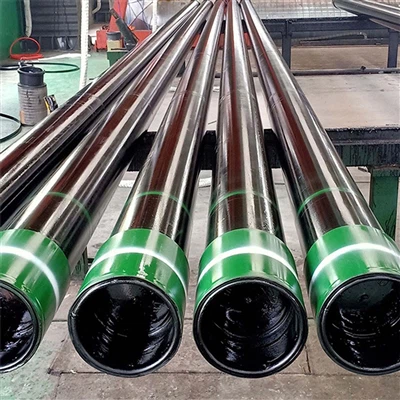Definition
Blow plating:
- Blow plating: Blow plating refers to the use of an air knife or air pressure to blow the material to be galvanized to thin the coating to the desired target coating thickness. The purpose is to uniform the galvanized surface and reduce the thickness of the galvanized surface. Blow plating can accelerate the formation of hot dip zinc zinc iron alloy layer, so that the coating is more uniform and smooth.
Hanging plating:
- Hanging plating, also known as "hanging plating", is the plating carried out by hanging the workpiece using a hanger. The workpiece is suspended on a hanger made of a material with good electrical conductivity, and then immersed in an electroplating solution to be gold-plated as a cathode, the anode is placed at an appropriate distance on both sides, and metal ions are deposited on the surface of the part after being energized.
Process features
Blow plating:
1.Uniform coating: The blowing plating process controls the thickness of the zinc liquid through the air knife, so that the coating is more uniform and the surface is bright.
2.Material saving: The blow plating process can precisely control the coating thickness, reduce zinc waste, and improve material utilization.
3.High degree of automation: the blowing and plating process usually adopts semi-automatic or fully automatic equipment, which has high production efficiency and saves manpower.
4.Scope of application: Suitable for products with low surface requirements, such as fine and complex iron products in construction, machinery and other fields.

Hanging plating:
1.Thick coating: The hanging plating process can usually form a thick coating, strong anti-corrosion ability, suitable for high-quality products.
2.Scope of application: Suitable for parts of various shapes and sizes, especially those with high surface quality requirements, such as automotive parts, precision instrument parts, etc.
3.Low production efficiency: the hanging plating process is mostly manual operation, low production efficiency, and large maintenance of equipment and auxiliary appliances.
4.Poor coating uniformity: the zinc layer is not evenly distributed, which is easy to produce zinc nodules and zinc slag, and the surface quality is poor.

Advantages & Disadvantages:
Blow plating:
Advantages:
- Uniform coating, bright surface.
- Save zinc use, lower cost.
- High degree of automation, high production efficiency.
Disadvantages:
- The coating thickness is thin, generally between 7-15μm, suitable for products with low surface requirements.
Hanging plating:
Advantages:
- Thick coating, strong anti-corrosion ability, suitable for products with high quality requirements.
- Suitable for parts of all shapes and sizes, especially large or shaped parts.
Disadvantages:
- The distribution of zinc layer is not uniform, which is easy to produce zinc nodules and zinc slag.
- Low production efficiency, heavy maintenance of equipment and auxiliary appliances.
Application scenarios
Blow plating:
- Suitable for small and complex iron products in construction, machinery and other fields, products with low surface requirements.
- Suitable for scenarios where uniform coating and material saving are required.

Hanging plating:
- Suitable for automotive parts, precision instrument parts and other products with high surface quality requirements.
- Suitable for large or special-shaped parts that require thick coating and high corrosion resistance.







